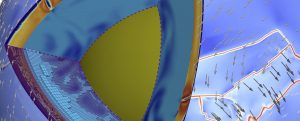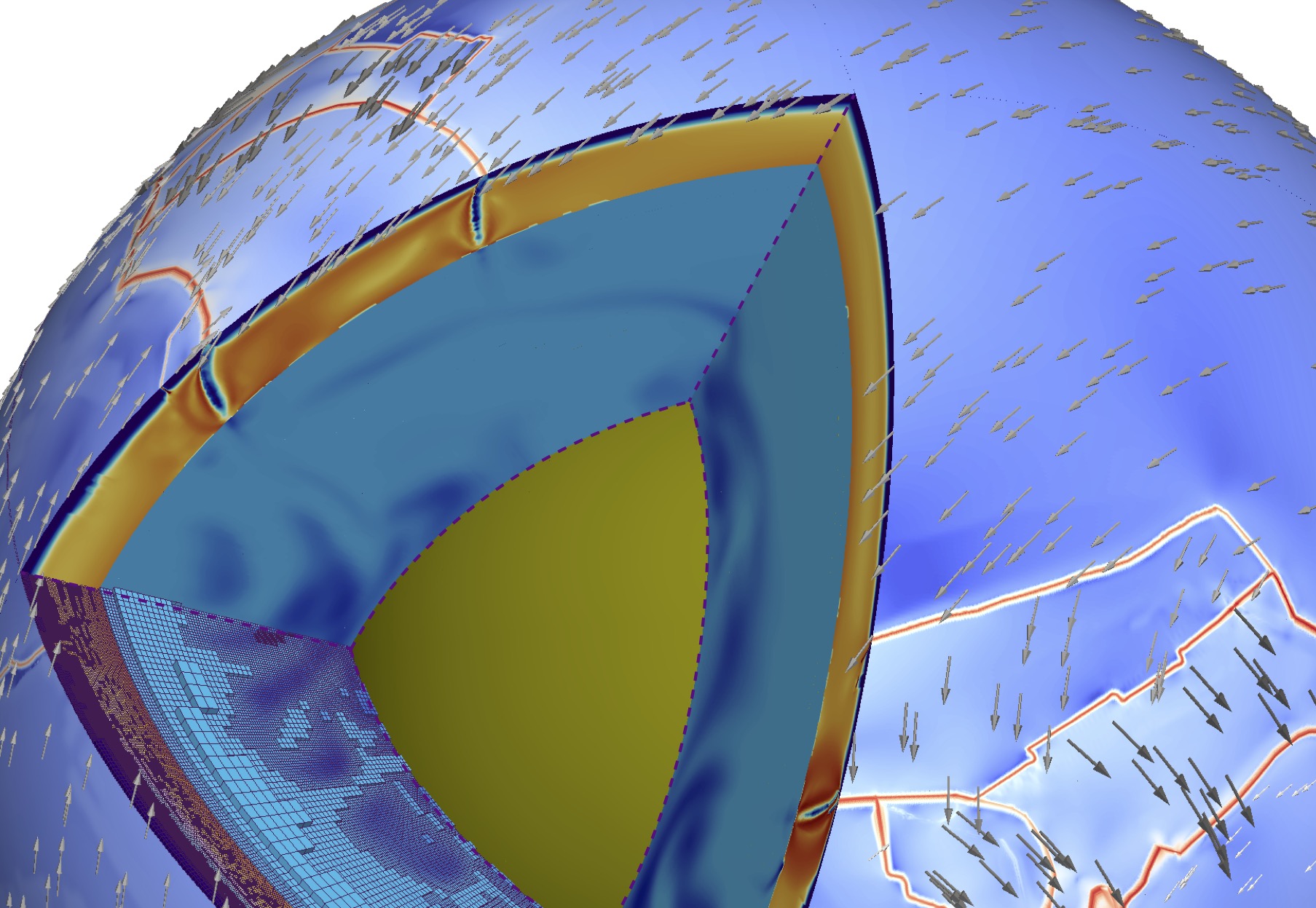
A drastic change in plate tectonics and mantle convection occurred around 50 Ma as exemplified by the prominent Hawaiian– Emperor Bend. Both an abrupt Pacific Plate motion change and a change in mantle plume dynamics have been proposed to account for the Hawaiian–Emperor Bend, but debates surround the relative contribution of the two mechanisms. Here we build kinematic plate reconstructions and high-resolution global dynamic models to quantify the amount of Pacific Plate motion change. We find Izanagi Plate subduction, followed by demise of the Izanagi–Pacific Ridge and Izu–Bonin–Mariana subduction initiation alone, is incapable of causing a sudden change in plate motion, challenging the conventional hypothesis on the mecha- nisms of Pacific Plate motion change. Instead, Palaeocene slab pull from Kronotsky intraoceanic subduction in the northern Pacific exerts a northward pull on the Pacific Plate, while its Eocene demise leads to a sudden 30–35° change in plate motion, accounting for about half of the Hawaiian–Emperor Bend. We suggest the Pacific Plate motion change and hotspot drift due to plume dynamics could have contributed nearly equally to the formation of the Hawaiian–Emperor Bend. Such a scenario is con- sistent with available constraints from global plate circuits, palaeomagnetic data and geodynamic models.
![]()

